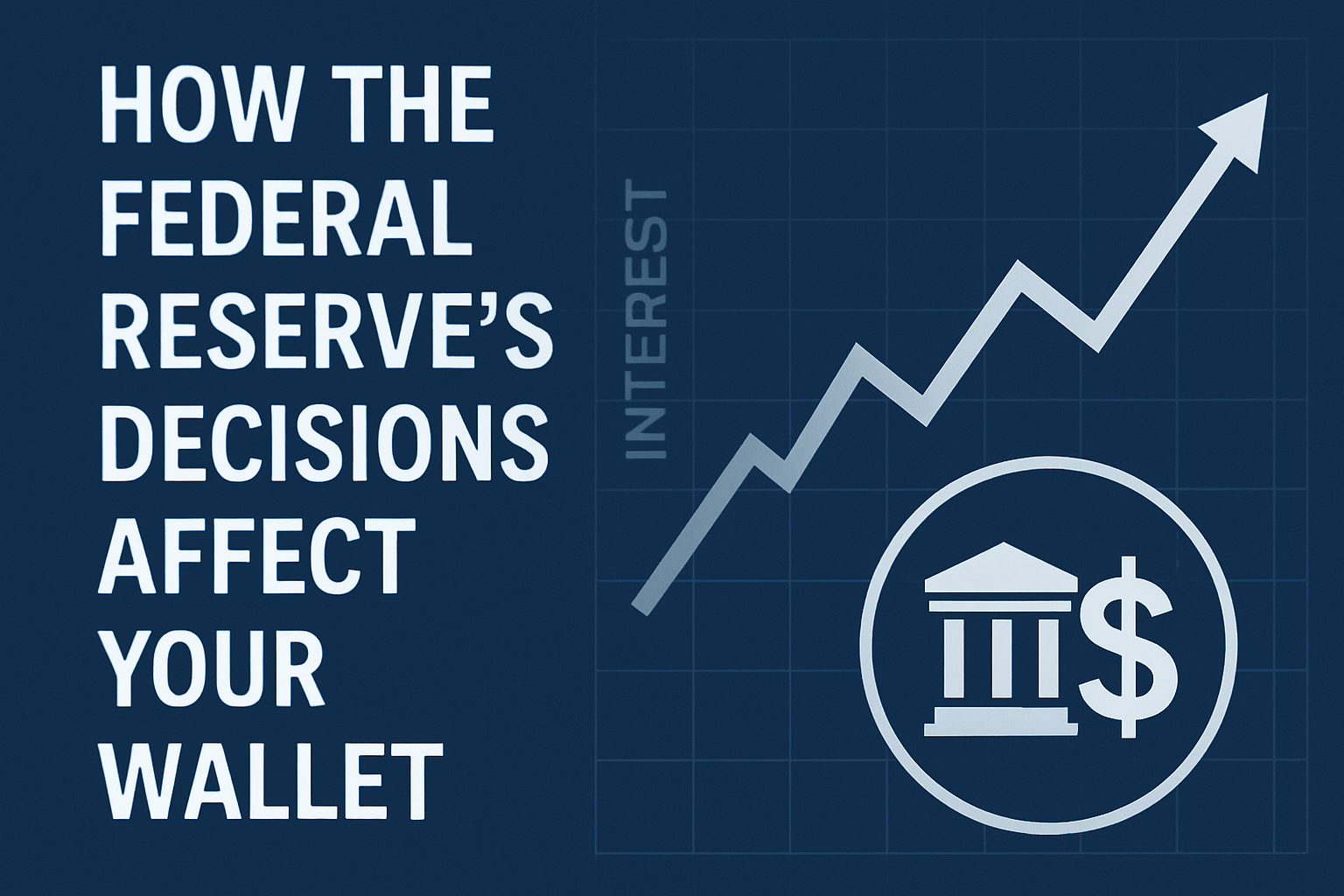Every year brings new predictions about whether the U.S. economy will tip into recession — but 2025 feels different.
After years of inflation, rapid rate hikes, and global uncertainty, many Americans are asking the same question:
👉 Are we finally headed for a slowdown — or have we avoided the worst?
Economists across the board are divided. The good news: the majority expect a “soft landing” rather than a full-blown crash.
Still, there are warning signs worth paying attention to.
Let’s explore what the data — and the experts — say about the economic outlook for 2025.
1. A “Soft Landing” Is Still the Base Case
After raising interest rates at the fastest pace in decades, the Federal Reserve managed to bring inflation down without triggering a major recession — a rare success in modern economics.
Most economists now predict slower growth, not contraction.
📊 Key forecast highlights (Bloomberg, Oct 2024):
- Expected U.S. GDP growth in 2025: 1.4%–1.8%
- Unemployment rate: around 4.5%
- Inflation: 2.6%–2.8% range
That’s not a booming economy — but it’s not a recession either. It’s what economists call a soft landing: slower growth that cools prices without mass layoffs.
2. Consumers Are Still Spending — But Cautiously
The American consumer is the backbone of the economy, making up over two-thirds of U.S. GDP.
Despite higher prices and tighter credit, people are still spending — especially on travel, dining, and entertainment.
However, credit card balances hit record highs in 2024, and delinquency rates are starting to rise.
That suggests the spending boom may be running out of steam.
💬 Quote from Moody’s Analytics:
“Consumers are resilient but fragile. One shock — job loss, another inflation spike — could quickly reverse confidence.”
3. The Job Market Is Cooling, Not Collapsing
The U.S. job market remains strong by historical standards, but signs of cooling are clear:
- Fewer new hires in tech and retail.
- Slower wage growth compared to 2023.
- Rising layoffs in manufacturing and logistics.
The silver lining? Job openings still outnumber job seekers, keeping unemployment relatively low.
🧠 Translation: The market is recalibrating, not crashing — exactly what the Fed wants to see.
4. Corporate Profits Are Shrinking
After two years of record earnings, corporate profits have started to decline in several sectors, particularly:
- Real estate
- Retail
- Manufacturing
- Financial services
High borrowing costs and tighter credit are squeezing margins.
Many companies are cutting expansion plans or delaying new investments — a classic sign of late-cycle behavior.
📉 If profits keep falling, layoffs could follow — and that’s where risk of recession grows.
5. What the Federal Reserve Plans Next
The Fed is expected to begin gradual rate cuts in mid-to-late 2025 if inflation continues trending down.
But Chairman Jerome Powell has been clear:
“We will not cut rates aggressively until we are confident inflation is defeated.”
That cautious approach could extend economic sluggishness through early 2026.
Still, it’s a deliberate tradeoff — avoiding another inflation wave is the priority.
(Related: How the Federal Reserve’s Decisions Affect Your Wallet)
6. The Global Picture Adds Complexity
The U.S. economy doesn’t operate in a vacuum.
Slowdowns in China and Europe, combined with energy market volatility and geopolitical risks, add new layers of uncertainty.
If global demand weakens, U.S. exports and corporate earnings could take another hit.
Economists warn that external shocks — not domestic policy — might be the biggest threat to 2025 stability.
7. So… Will There Be a Recession?
Here’s the consensus among top analysts (as of early 2025):
- Probability of a mild recession: 30–35%
- Probability of no recession (soft landing): 55–60%
- Probability of strong rebound: under 10%
In plain English: the odds favor a slowdown, not a collapse.
Even if growth dips negative for a quarter or two, it’s unlikely to become a 2008-style event.
This time, banks are stronger, households have more savings, and the Fed has proven it can act decisively.
Final Thought
The question isn’t “Will there be a recession?” — it’s “How mild would it be if it happens?”
The U.S. economy in 2025 looks stable but stretched:
- Consumers are cautious.
- Companies are cutting costs.
- The Fed is walking a tightrope.
Whether we dip or not, one thing is clear: adaptability will be the key to thriving in a slower, more balanced economy.
(Also read: The Rising Cost of Living in America: Real Data Explained)


Pingback: Economic Indicators You Should Track Before Investing